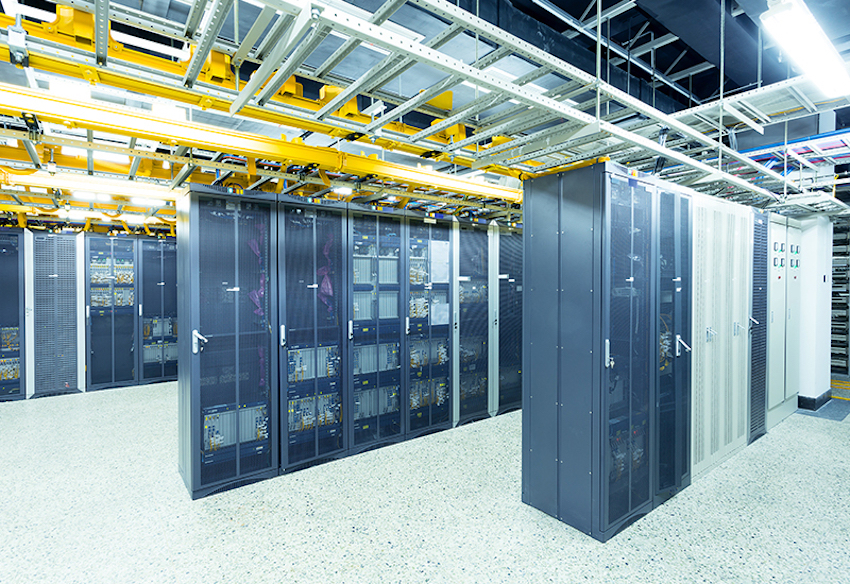Planning For Power Density Challenges
![]() Continuing Education
Continuing Education
Use the following learning objectives to focus your study while reading this month’s Continuing Education article.
Learning Objectives - After reading this article, you will be able to:
- Explain how to apply cooling best practice techniques to stretch the ability of a data center’s infrastructure to accommodate increasing power density challenges.
- Apply operational procedures to improve airflow, increase cooling capacity, and improve efficiency.
- Discuss how to use the Thermal Guidelines Recommended Envelope for maximum effectiveness.
- Identify new cooling opportunities that will enable existing and new data centers to achieve higher load densities.
Load densities in data centers continue to increase. In response, designers and operators need to get creative about how to accommodate power density challenges and how to reject excess heat. What operational modifications can be made or what infrastructure additions need to be provided to address these increasing load densities and the ability to cool at increasing densities?
This webinar will address these issues by looking at what can be done to existing data centers to accommodate increasing loads, and what cooling best practices should be incorporated in new designs to allow for higher load densities.


|
Vali Sorell has more than 35 years of experience as an HVAC design engineer with over 20 years exclusively in data center design. Through industry publications and speaking engagements, he’s responsible for innovations in updating best practices and advancing the principles of sustainable design for critical facility work. He is a voting member of ASHRAE TC-9.9 “Mission Critical Facilities, Technology Spaces & Electrical Equipment,” and serves on SSPC 90.4, the committee for writing a new energy standard for data centers. Vali provides high level consulting to the critical facilities market, tailored to assist owners, operators, design professionals, builders, and commissioning agents in the design, construction, and operation of data center systems. |
